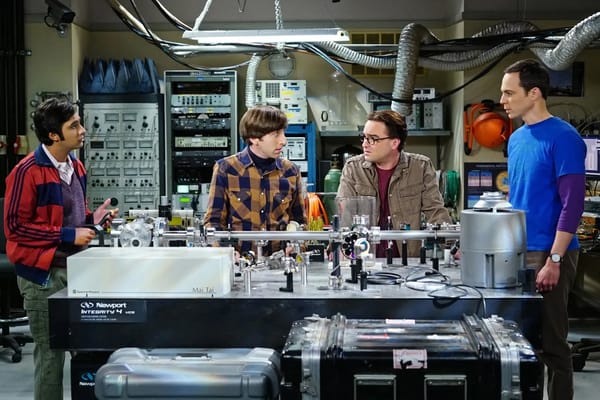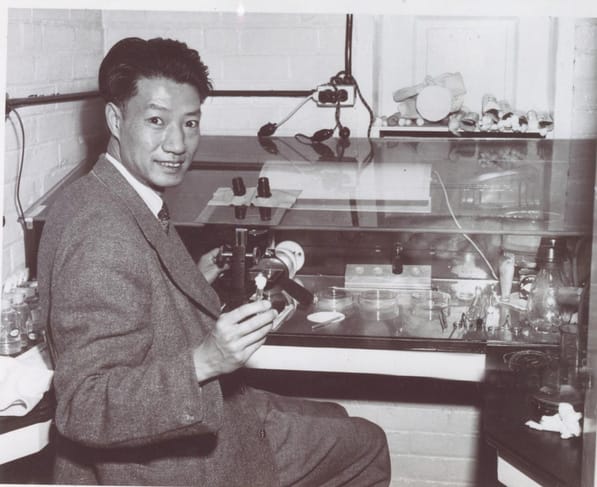When Women Do Science
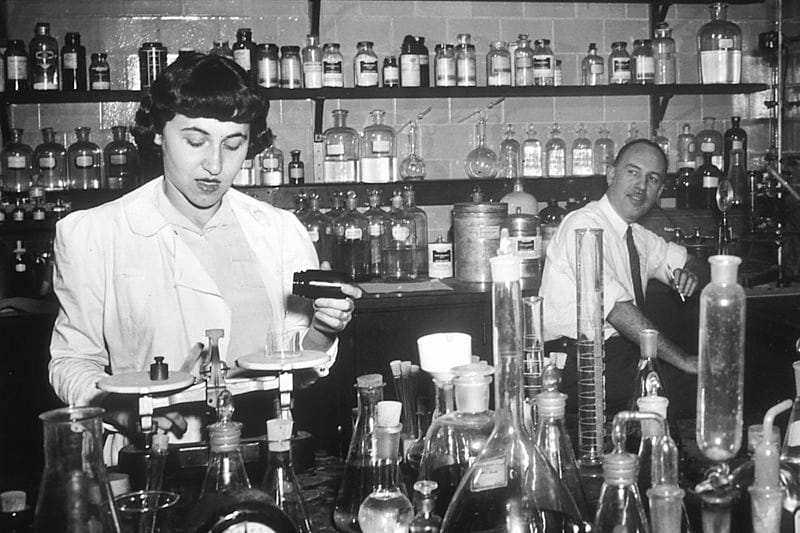
March is Women’s History Month.
So, of course, we’re going to talk about women in STEM.
In the latest State of US Science & Engineering 2024 report, women account for 24% and 22% of degree recipients in engineering (bachelor’s degrees) and computer and information sciences, respectively.
But impressively, women earned 47% of all research PhDs (according to Forbes in 2022) – up from 37% in 1992.
And women now make up 35% of the STEM workforce and 44% of the skilled technical workforce.
These women are doing real work.
In 2022, 11% of all USPTO patents were granted to women, an increase from 7% in 2000. 16% of those patents were in design, 18% in chemistry, and 6% were in mechanical engineering in 2022.
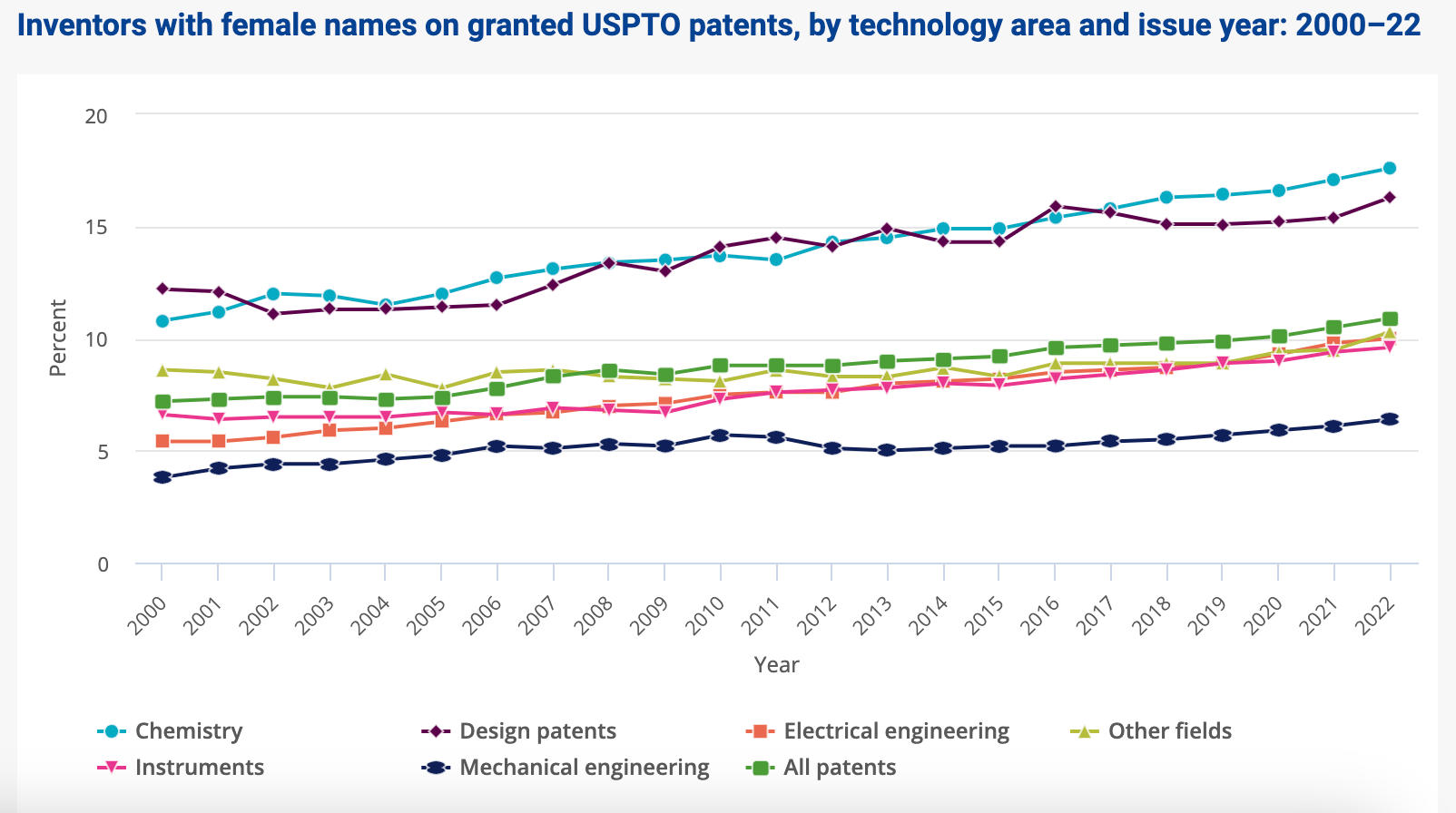
And their achievements are becoming increasingly recognized (unlike the Rosalind Franklin situation).
The Nobel committee awarded their first prize to a woman in 1903, only two years after the start of the awards. To Marie Curie.
Since Marie Curie’s first award in 1903, 25 women have been awarded Nobel prizes in sciences.
And 15 of these are since 2000.
In 2022, the Nobel Prize for Chemistry was awarded to a woman.
In 2023, the Nobel Prizes for Physics and Medicine both went to women.
During March, many lists are published about amazing female scientists or inventions by women. On these lists are often the same well-known names like
Marie Curie
Ada Lovelace
Katharine Johnson
Chien-Shiung Wu
Grace Hopper
Women who have made fundamental contributions to our understanding of the world.
We want to showcase a more contemporary group of women who have done groundbreaking research since the turn of the millennium.
Dr. Katalin Karikó discovered that certain modifications of the building blocks of RNA prevented unwanted inflammatory reactions and increased the production of desired proteins in 2005.
This discovery directly led to the development of the mRNA vaccine that effectively stopped the global Covid19 pandemic in 2021. She and her research partner were awarded a Nobel Prize in Physiology or Medicine in 2023.
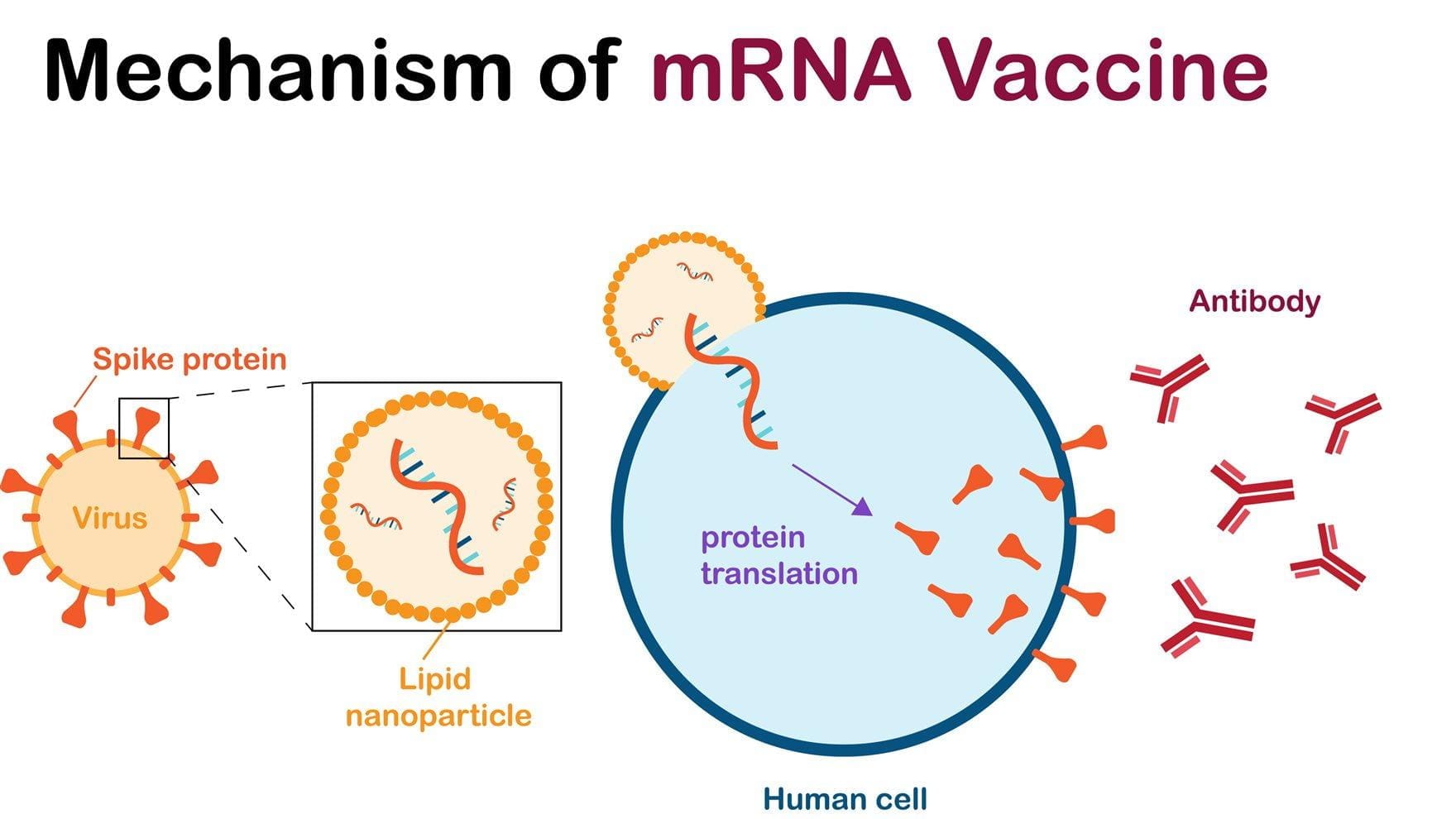
Dr. Carolyn Bertozzi discovered that a chemical reaction can occur inside of living systems without interfering with native biochemical processes in 2002. She dubbed it bioorthogonal chemistry.
Since this development, scientists have been able to study biomolecules in living systems without fear of toxicity effects. She was awarded the Nobel Prize in Chemistry in 2022 for this work and her development of Click Chemistry.

Chemist Dr. Yamuna Krishnan developed an interface between cell biology and DNA nanotechnology. The interface provides insights into the electrical behavior of organelles in their native environment. She received a NIH Director's Pioneer Award in 2022 for this groundbreaking research.

Dr. Sau Lan Wu contributed to confirming the existence of 3 fundamental particles, leading to the development of the Standard Model of particle physics. She was part of Samuel Ting’s team that was awarded the Nobel for discovering the J/psi particle. She also helped discover the gluon. Then, in the early 2010s, she became a major contributor to the discovery of the Higgs boson with her work on two key decay channels which led to the success of the project: the decay of the Higgs boson into two gamma-rays (H→ɣɣ), and the decay of the Higgs boson into four leptons (H→ZZ*→4ℓ). Part of the same international effort was Dr. Sara Bolognesi whose development of data analysis techniques conclusively improved the sensitivity of the experiment. Bolognesi is now working on neutrino physics.
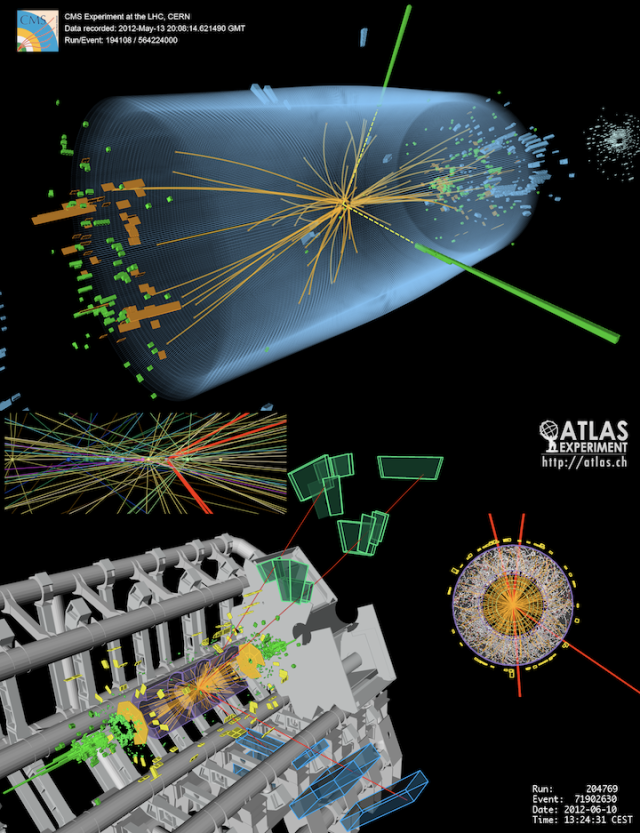
Drs. Jennifer Doudna and Emmanuelle Charpentier developed CRISPR/Cas9, a type of “genetic scissors” that could be used to edit genes by weaponizing the immune system of bacteria. They were able to effectively disable viruses by “cutting” them up into smaller component parts. This discovery will enable innovation across agriculture, medicine, and more. They were awarded the Nobel Prize in Chemistry for their work in 2020.
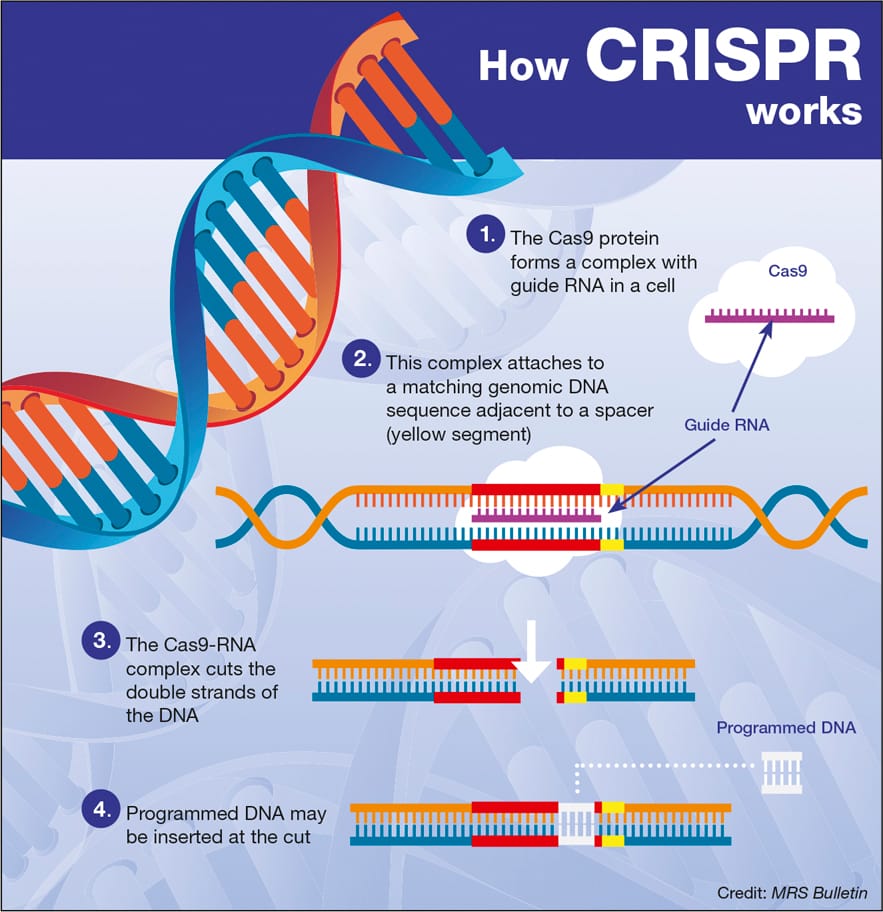
In the 1990s, Dr. Andrea Ghez worked on the discovery of a supermassive compact object, now generally recognized to be a black hole, in the Milky Way's galactic center. She was awarded the Nobel Prize in Physics for her work in 2020.
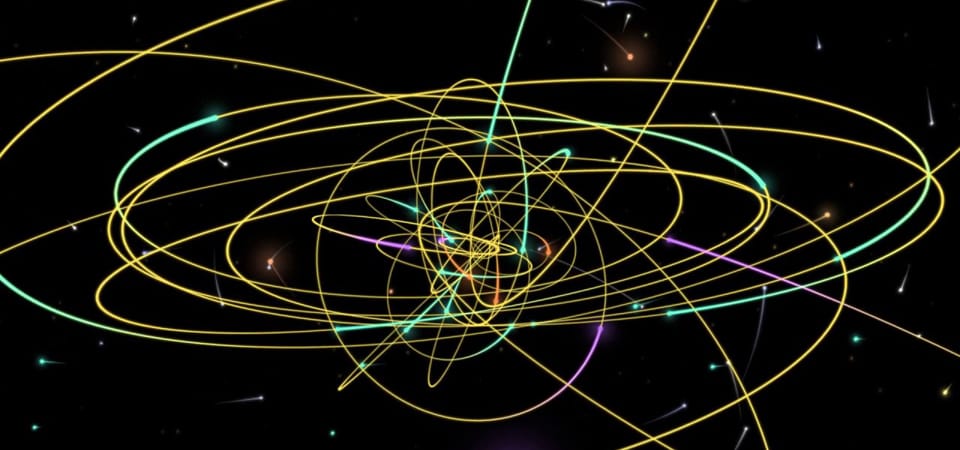
There are so many more stories of women changing modern science than we could put in one newsletter.
Or a newsletter that everyone will finish reading. 😛
Women will continue to be a growing force in STEM fields. And amongst all the conversations about the inequality of women in tech… maybe these stats and stories are optimistic beacons as we move toward a renewed interest in the sciences.
Let’s make sure this trend continues as science becomes increasingly financially lucrative.
Further Reading:
- The Nobel Prize, "Women Who Changed The World"
- Forbes "Number of Doctoral Degrees Awarded in U.S. Rebounds to All-Time High"
- National Science Board, "The State of U.S. Science and Engineering 2024"
- National Science Foundation, "Survey of Earned Doctorates"


